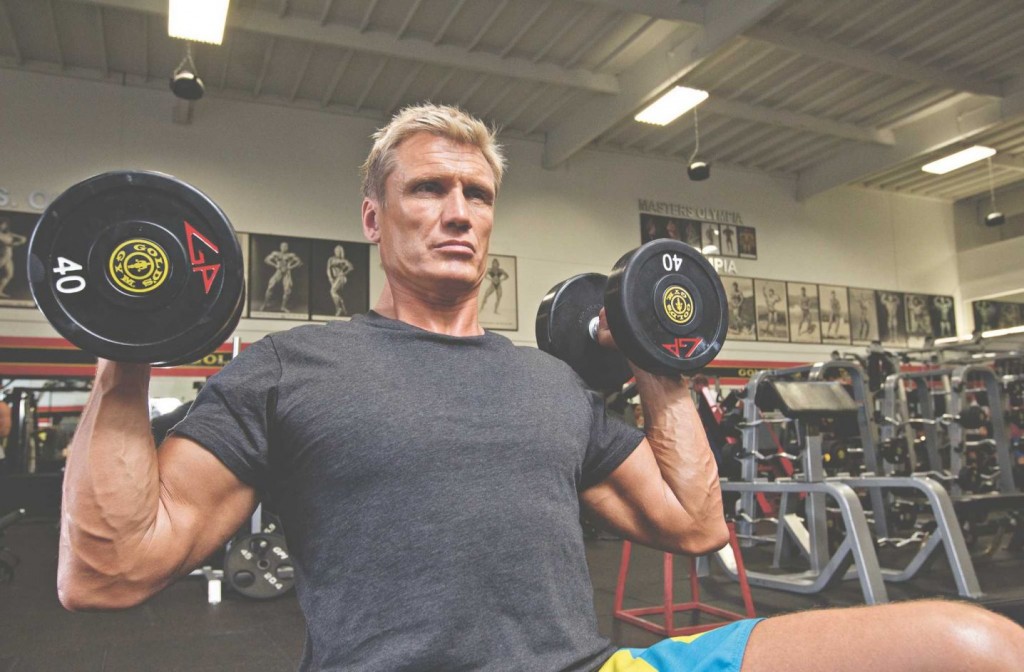The forearms receive constant stimulus from many resistance exercises due to the need for a strong grip during most pulling movements. Exercises such as the bent over row, deadlift and shrug all require the forearms to provide a sufficient grip to execute the exercises, unless grip aids are used which will reduce the requirement somewhat. For some this is not enough, and many look to perform isolation exercises such as wrist curls to directly target the muscles of the forearms. Whilst wrist curls effectively target the wrist extensors and flexors, the exercises will not stimulate the long brachioradialis muscle which runs from the lower arm to the upper arm and composes the upper region of the forearm. The hammer curl can be successfully performed to target the brachioradialis, however.
How to perform the hammer curl
The hammer curl, as it names suggests, is an arm curling exercise. It is a traditional arm curl performed with a set of dumbbells, with the wrists pronated.
• Stand erect grasping a set of dumbbells in each hand.
• Whilst keeping the body stationary with a slight bend in the knees, curl one of the dumbbells by flexing at the elbow. The upper arm should remain fixed to the side. Do not rotate at the wrist; keep the wrist pronated so the palm of the hand remains facing in.
• Lower the dumbbell to the starting position and repeat the same movement with the other arm.
• Repeat for repetitions.
Variations of the hammer curl
The instructions above describe the standing hammer curl, yet the hammer curl can be performed in various forms. Below are some ideas of variations of the hammer curl which can be performed. As with most exercises, it would be ideal to mix up your training and try various variations of exercises to continually stress the muscles in different ways.
Seated hammer curl – Simply the hammer curl performed whilst seated. This may benefit those with lower back injuries with the seat providing additional back support. The seated variation also minimises upper body movement during the hammer curl, improving form so the maximum stress remains on the target muscle group.
Incline hammer curl – This is a hammer curl performed on a slightly declined bench, similar to the seated dumbbell curl but with the torso on a slight recline. This position stretches the arms and further minimises any secondary movements. This can increase the intensity of the exercise.
Rope curl – Many would class this as a different exercise, yet it is very similar to the hammer curl, just instead of a set of dumbbells the trainer uses a rope attachment on a low cable pulley. As with other cable exercises, the rope curl may be preferred by some due to being smoother and providing continual tension throughout the exercise.

